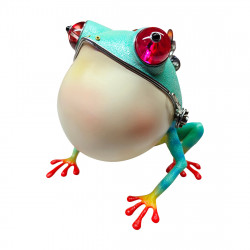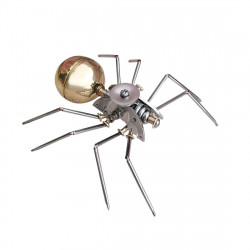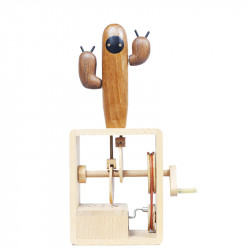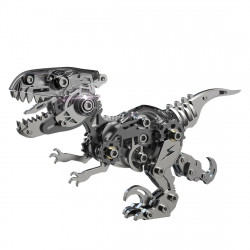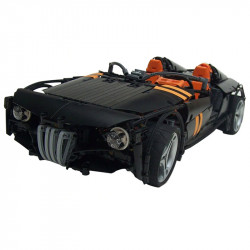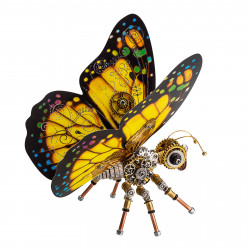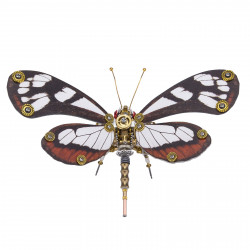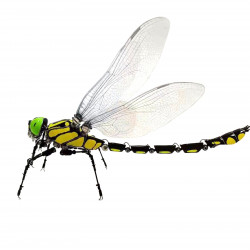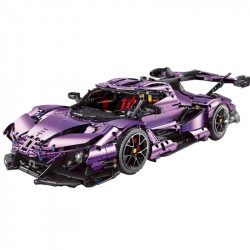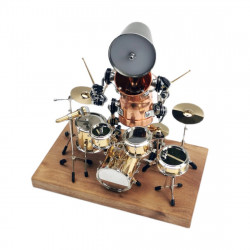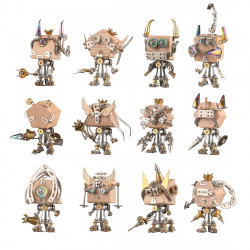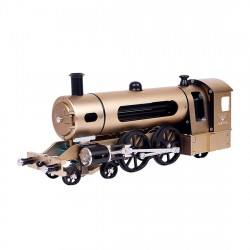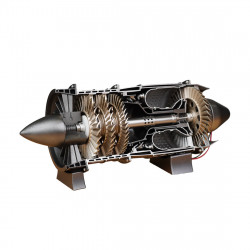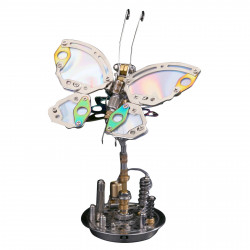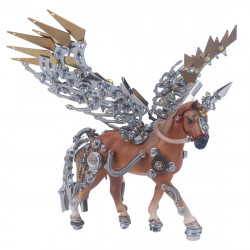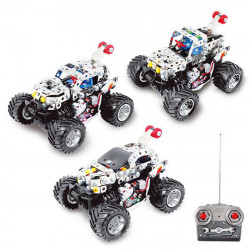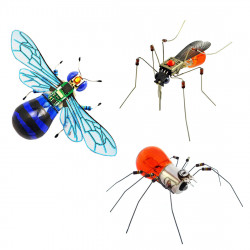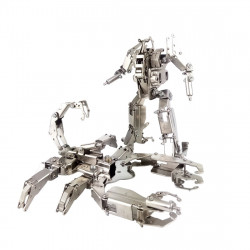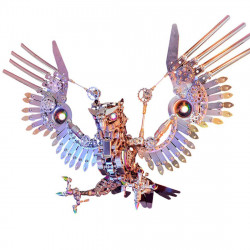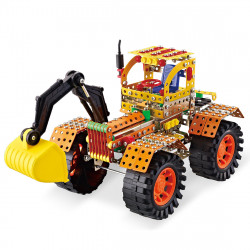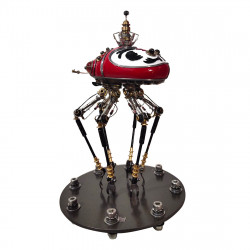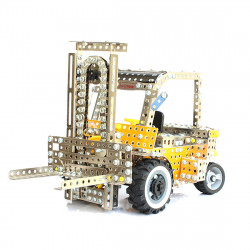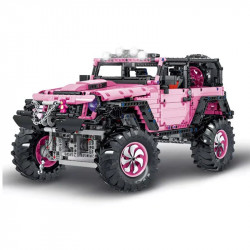How does dung beetle save Australia's livestock industry?

How does dung beetle save Australia's livestock industry?
Pet ownership seems to be becoming more and more popular these days. Where should the faeces go when pets are so adorable? The "dung beetle" is an insect supporting the noble cause of eating dung for many generations. There are always some small creatures rolling home on the ball of crap on their rear legs on the expansive plains. They are just as fixated on trash as foodies are.
What's Dung Beetle?
The dung beetle is something we have all seen. It is known as the "one-horned general" and is clad in black armour. Its front and rear foot pairs are well-developed, and its head is shaped like a shovel. It pushes the dung ball while standing upside down. They can consume excrement, and they do so in remarkable quantities. They are known as "natural scavengers" as their tiny bodies can clean up the faeces of the entire African continent. The capacity of dung beetles to consume excrement was inherited from their ancestors. They frequently fight both alone and in groups to compete for faeces. There are some fascinating dung beetles. To vow sovereignty for the first time, they will follow an animal, hide on its tail, and wait for it to poop.
How does dung beetle save Australia's livestock industry?
The remarkable ability to consume crap is the reason why many countries have preserved their ecology. Faeces used to flood Australia, where animal husbandry is the primary business, making it impossible for people to live normally. Numerous dung beetle species were brought in from other nations to eliminate the faeces. The dung beetles then demonstrated their abilities, processing the faeces that would have taken over two months to break down naturally in just two days. This prevented an excessive amount of faeces from flooding Australia's grasslands. 95% of the local mosquito population vanished after the dung beetle destroyed the cow manure, saving the nearly bankrupt outdoor catering sector.
Why does the Australian Government Spend A lot on Importing Dung Beetle?
Australia has occasionally imported dung beetles from other nations during the last few decades. The explanation is straightforward: Animal waste, particularly cow manure, is "flooding" their property. The cause of the sewage floods in Tuao must be traced back hundreds of years.
In the past, the British exiled prisoners to Australia. Later, British colonists discovered that Australia was also a great place to raise sheep and cattle. Thus, the British colonists eventually became the "main force" of local animal husbandry in the 18th century by bringing in large numbers of sheep and cattle one after another. A crisis silently arrived just as those farmers were enjoying the pleasures of raising animals while sipping coffee at home. Farmers discovered that as cow manure accumulated in their pastures, it not only smelled foul but also had the potential to damage the environment, which would hinder plant growth and reduce the number of herbivorous animals. The evolution of animal husbandry is ultimately influenced by food for consumption.
Most cow dung is often cleaned up by people, with the remainder being gradually broken down and absorbed by decomposers (dung beetles, for instance, are effective dung "cleaners"). They can push the animal faeces away to prevent the environment from becoming contaminated.
Perhaps the "flooding" of manure is caused by the absence of the dung beetle in Australia. Indeed, there are over 400 species of native dung beetles in Australia. In Tuao, the native dung beetles were also capable of cleaning up animal waste before the arrival of the British colonists.
However, things took a little turn for the worse after the colonists arrived. Australian aboriginal dung beetles dislike cow excrement, and since human washing cannot completely remove it, cow dung ultimately builds up.
Why do Australian dung beetles find cow dung repulsive when it's all dung? As everyone is aware, Australia is a separate continent. It is home to marsupials exclusive to Australia, including koalas, wombats, and kangaroos. They have firm, dry faeces. The local dung beetles developed a distinctive "eating habit" due to their gradual adaptation to the taste of marsupial faeces over extensive natural selection. Aboriginal dung beetles traditionally taste like the faeces of kangaroos and koalas, but the faeces that foreign cattle and cows pull out are incredibly sticky and watery. For the native dung beetles used to eating typical Australian dung, this has an unpalatable flavour, and cleaning up takes a great deal of work. When Australian dung beetles attempt to roll up cow dung, they struggle for a long time to form a ball and even end up coated in "papa" because dung balls with a lot of water are heavier and more difficult to roll.
As a result, the Australian dung beetle does not like the foreign excrement in this instance and does not welcome it. Dung beetles do not clean up cow faeces. In Australia, cow poo will eventually accumulate in the mountains.
The Australian government imported 43 species of non-local dung beetles from South Africa, France, China, and other nations to clean up the "flooding" cow manure. The traditional taste of foreign dung beetles is cow dung. Thanks to their introduction, the Australian people now hope that the manure piles will be removed.
However, foreign dung beetles find it challenging to establish a colony in Australia due to their varied climate and environment, which prevents them from adapting to the new conditions. To keep them from going extinct, they must be continuously restocked. The Australian government will spend an estimated $400 to import 1,500 dung beetles from overseas.
Dung beetles help keep fly populations from growing, which can infect animals with parasites and diseases by burying and eating the dung. Furthermore, the dung beetles' burrowing and tunnelling operations improve the soil's fertility and structure by aerating and enriching it. Healthy pastures may result from this, supporting healthier livestock. Overall, the cattle business in Australia has benefited from the introduction of dung beetles, which have improved the productivity and health of the animals and the land they graze on.
An initial population of 1,500 dung beetles can cost $400, with rarer species costing up to $600 to $800. Several dung beetle providers in Australia specialize in providing insects to farmers. As everyone is aware, invading species frequently cause ecological disasters in Australia. For instance, if camels, rabbits, and other animals are overpopulated in this area, could dung beetles cause a new crisis? What are your thoughts?


